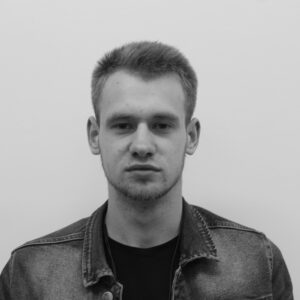Work on hip mobility anteversion, retroversion, tilt and rotation and consciously mastering these movements is important not only to take your sports practice to the next level (yoga, bodybuilding, running, crossfit, tennis, dance…) but also to maintain a healthy back and a balanced footstep . Remember that the hip is the connection between the trunk and the lower extremities. Any displacement in the set of bones formed by this can cause pain and injury in any part of the body. In addition, a mobile hip improves the overall agility of the body, allows us to better perform everyday tasks and improves our sexual activity.
The hip bones are made up of the beaks one of both pelvic girdle, a structure in the middle of the body, which consists of the sacrum, the coccyx, and the two coxal bones. The pelvic anteversion It is a physiological movement of the pelvic girdle what is usually done when bend the hipfor example when we try to pick up something on the floor. It is a movement that is performed only by the pelvis, once the anterior rectus and other muscles are pulled. This movement is accompanied and compensated by an increase in the curvature of the lumbar spine and a forward sliding of the iliac spine.
Placing the hip in permanent anteversion, known as hyperlordosis, can cause back pain. This is why everyone with hyperlordosis and the pregnant (especially during the second and third trimesters of pregnancy), you should include weight-bearing exercises in your routine. retroversion hip to avoid pain.
Three factors that generate permanent anteversion are: the permanent contraction of certain muscles, such as those responsible for flexing the coxofemoral joint, the lumbar muscles and those of the proximal parts of the legs; muscle weakness of the opposite tissues, that is, the posterior muscles of the thigh (hamstrings) and those in the abdominal region, which are responsible for performing retroversion; and a sedentary lifestyle, as prolonged sitting weakens the abdominal area.
There are many poses and hip flexibility exercises† In this article I highlight one of my favorites: the flow from the cow (Bitilasana) to the cat (Marjaryasana).
Get on all fours with your back neutral. Inhale to go to the cow (Bitilasana), start by performing an anteversion of the hip and move forward vertebra by vertebra until the chin is lifted to the sky and exhale while looking at the nose. Then inhale to go to the cat (Marjaryasana), start moving the hip to the opposite, in retroversion, moving forward vertebra by vertebra until the chin comes to the chest and exhale while looking at the navel .
Along the way, inhale again and do the two poses again. Repeat 2 or 3 times, then do 2 or 3 movements in hip circles in both directions.
If you are pregnant in the second or third trimester or if you are a person with hyperthyroidism, do not do the Cow Pose (Bitilasana)† You have to perform Cat Pose (Marjaryasana) and gentle circles.
I hope you find it useful. In other articles we will work on other poses to gain mobility in the hips.
Start today with a comprehensive exercise that will help you feel great and reach your goal while enjoying yourself like never before.
Join Club Fityoga! www.nataliadominguez.es
Source: Marie Claire





